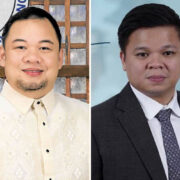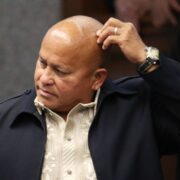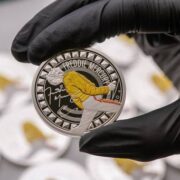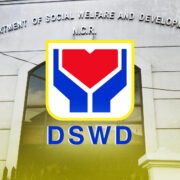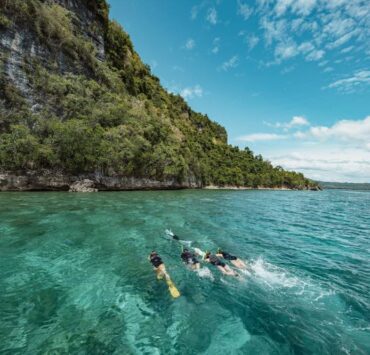Aquino family home reborn as modernism museum
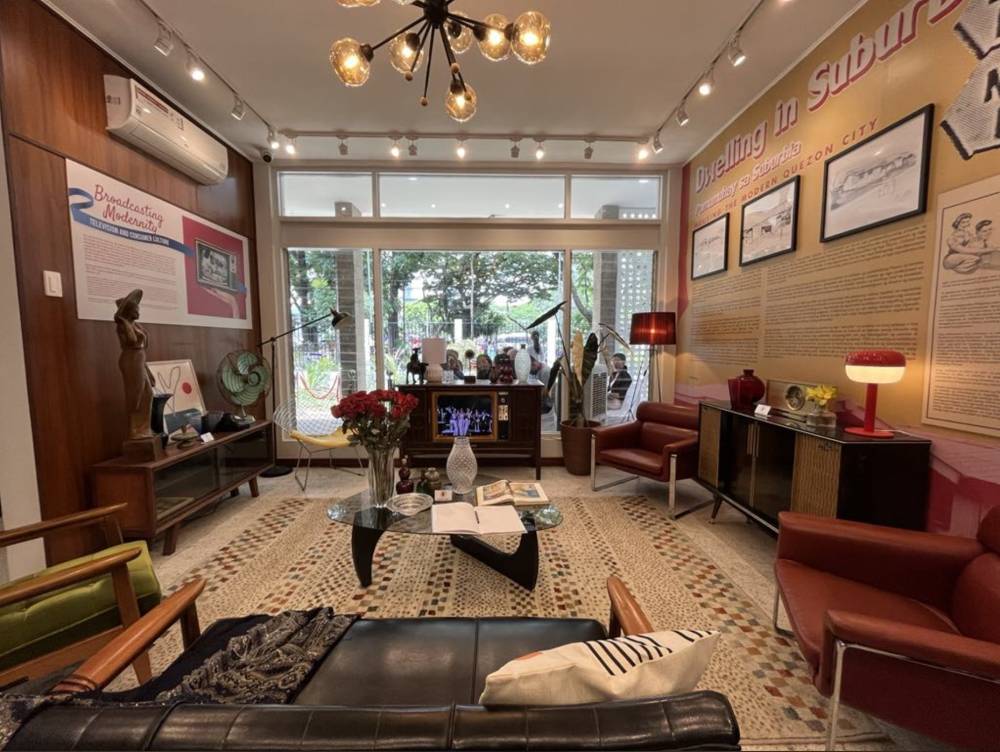
The Quezon City government, which saved the historically significant old house and reconstructed it at its present site, opened it to the public on May 30 as Bahay Modernismo, a museum featuring the architecture, lifestyle, and design of what used to be the suburban city of Quezon in the decades following the war.
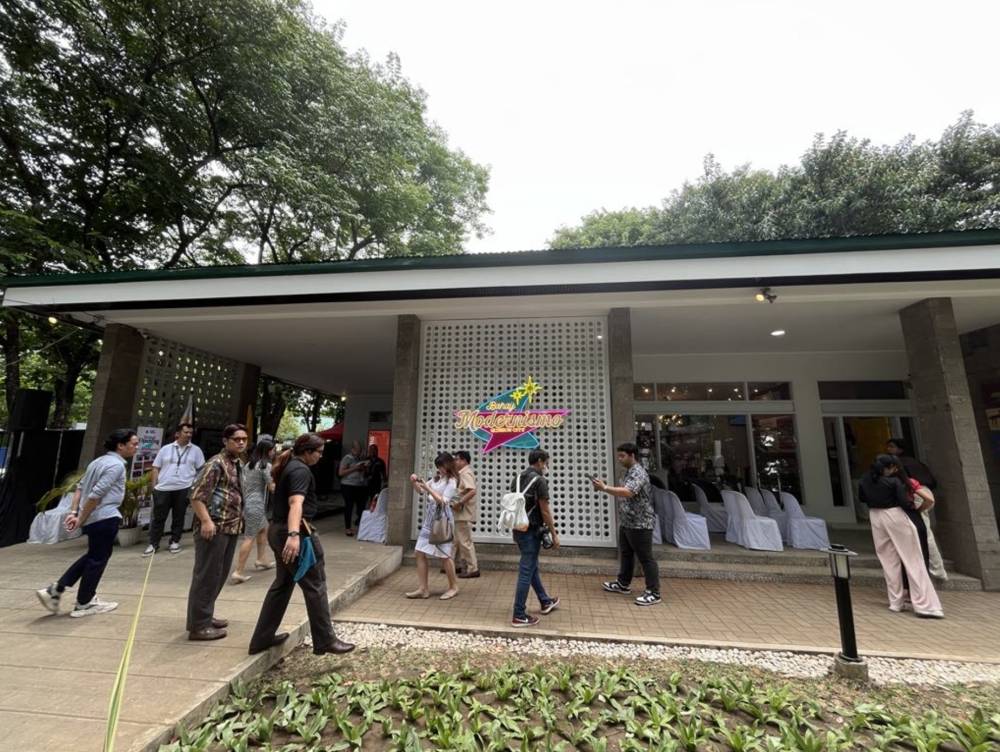
A big portion of the house was actually saved, about 70 percent, and was rebuilt using its blueprint through the assistance of then private citizen-businessman Jerry Acuzar, former human settlements secretary and now the Pasig River development czar.
In his speech during the opening, Acuzar shared how he and Aquino III were very close friends, and that he was very familiar with the house as it became their tambayan (hangout) for 30 years.
He said that Aquino III decided to have the house replaced since it brought him sadness, because it was where his parents’ wakes were held in 1983 and 2009.
Acuzar thanked the local government, led now by Mayor Joy Belmonte, for preserving the memory of the house of his dear friend.
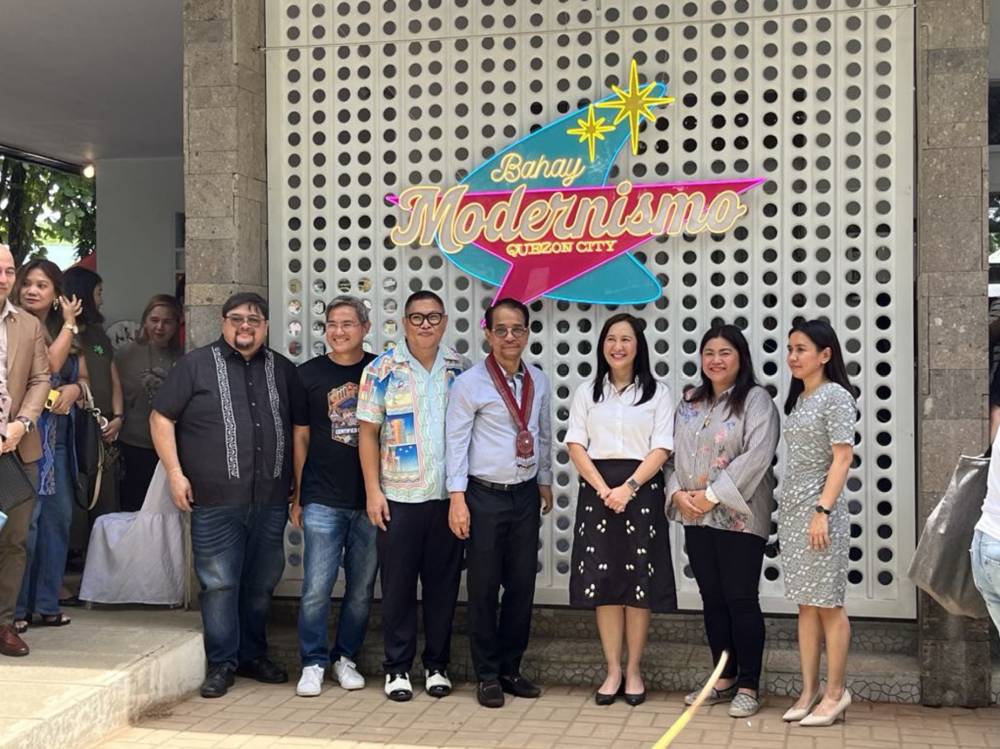
Belmonte, for her part, said that it had long been her goal for the house to be preserved, and this was realized at the Quezon Memorial Circle.
She said the museum is a product of the hard work of architect Gerard Lico and his team from Arc Lico, who did the design and curation and the eventual reconstruction and adaptive reuse of the house.
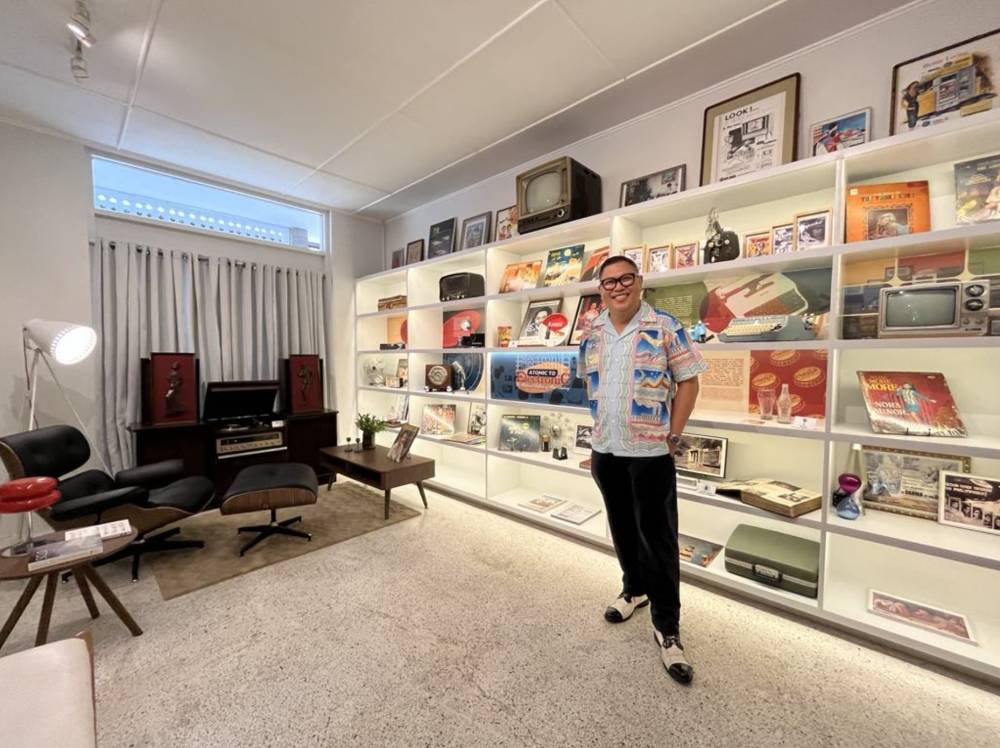
Living narrative
In his speech, Lico said the building is not just a museum, but a memory and a living narrative of postwar Filipino identity.
“It is a portal into a period of history often remembered in fragments—a time when a war-torn nation was rising from ruin, fueled by hope, modernist ideals, and an unwavering belief in progress,” he said.
“Bahay Modernismo invites us to revisit that vital moment in our history when Quezon City was envisioned as a new kind of capital—a laboratory for urban dreams, civic aspirations, and domestic reinvention,” he added.
Lico explains that 1950s and 1960s Quezon City was a place where architecture was the language of hope, with the bungalow as a symbol of progress.

The latter, he said, was “a symbol of a new domesticity, one that promised light, openness, hygiene, space, and order—echoing the values of a society striving for stability and self-definition.”
He said that Quezon City was where modernism was born in the country, and that the type of house on display in the museum “became a stage for the modern Filipino life.”
In these houses, evident were the rise of consumer culture, kitchens that were “techno-political,” divisions of labor based on gender, and other sociopolitical and socioeconomic factors of that era.
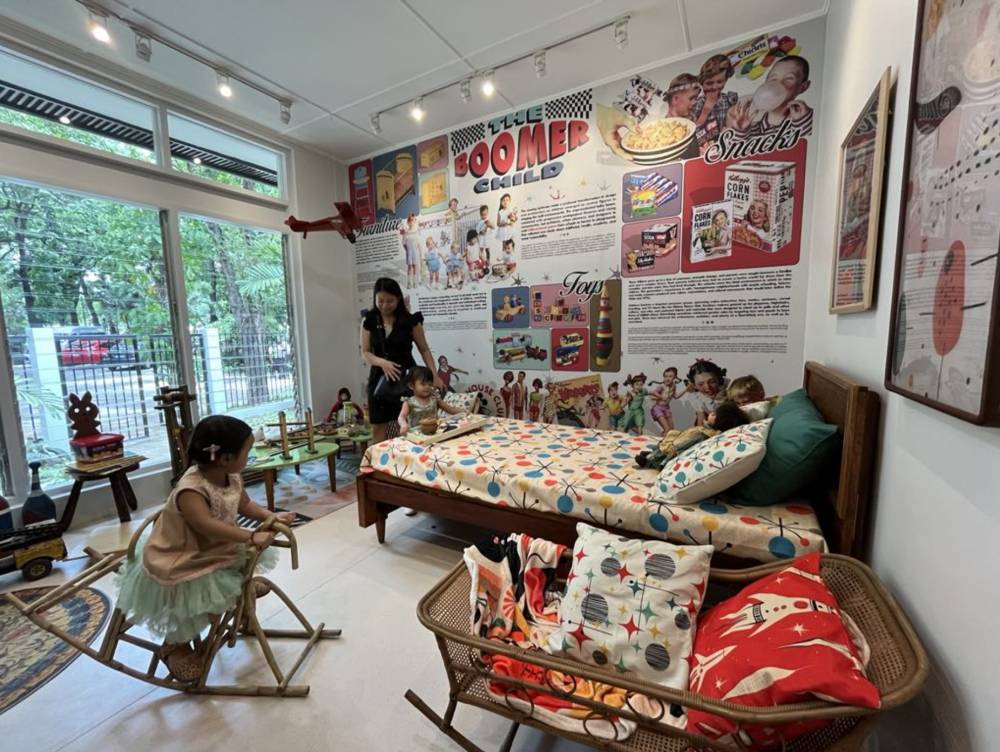
The museum is a reinterpretation of the life ways of postwar Philippines, reflecting such themes as reconstruction, nation-building, decolonization, technology, the media, and revolutionary design.
“As you move through the galleries, you’ll encounter the optimism of midcentury design, the warmth of suburban nostalgia, and the critical gaze of historical reinterpretation,” he said.

Provoke reflection
He added that “every object and display, every fragment and form, has been curated not just to inform, but to provoke reflection.”
Lico recognized the individuals involved in the reconstruction and eventual preservation of the house, which include both the actual spaces and the memories.
“Let this museum serve as a sanctuary for inquiry, inspiration, and dialogue, a space where we honor the past not with nostalgia alone, but with curiosity and critical engagement,” he said.
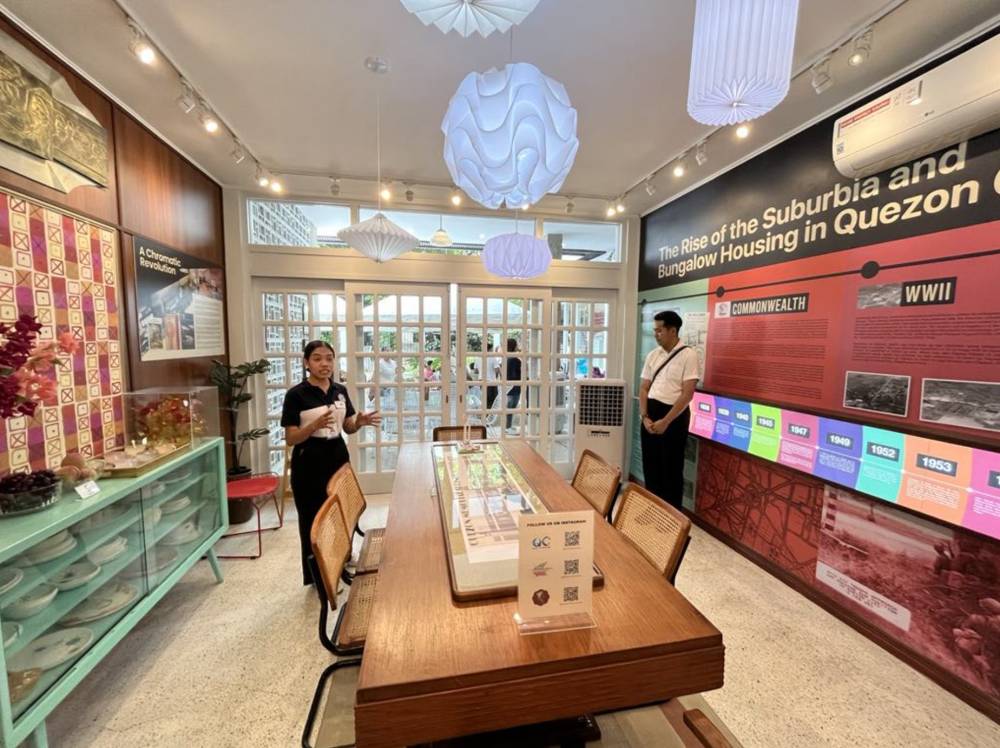
“Let it remind us that in understanding how Filipinos lived, built, dreamed, and desired in the mid-20th century, we gain a deeper understanding of who we are today.”
The museum features a reconstructed sala with a working vintage television set, dining room, kitchen with recreated consumer brands, an area for space-age or Googie architecture, a living room, playroom, and rooms for “suburban divas” such as the late Gloria Romero and Nora Aunor.
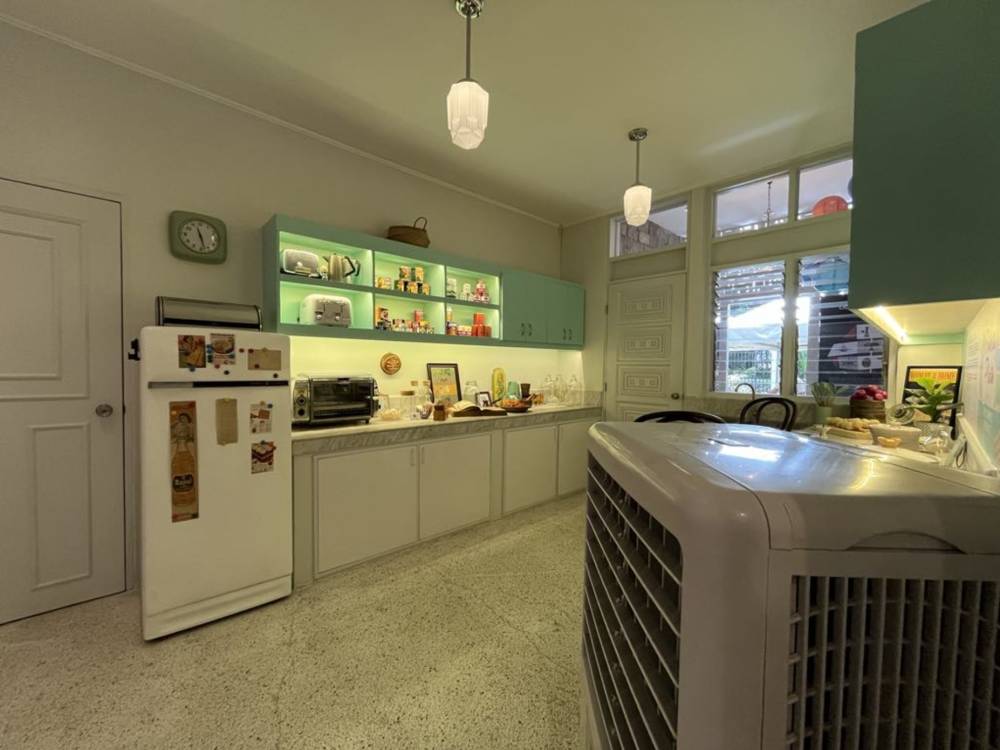
The city’s architectural landmarks are also featured with their histories and scale models. Among these are Welcome Rotonda, Santo Domingo Church, Iglesia ni Cristo Central Temple, and the Araneta Coliseum.
The museum is the fifth inside the Quezon Memorial Circle. The other museums on site are the Museo ni Manuel Quezon and the Presidential Car Museum, both by the National Historical Commission of the Philippines, and the local government-run Quezon Heritage House and the interactive Quezon City Experience Museum or QCX.





